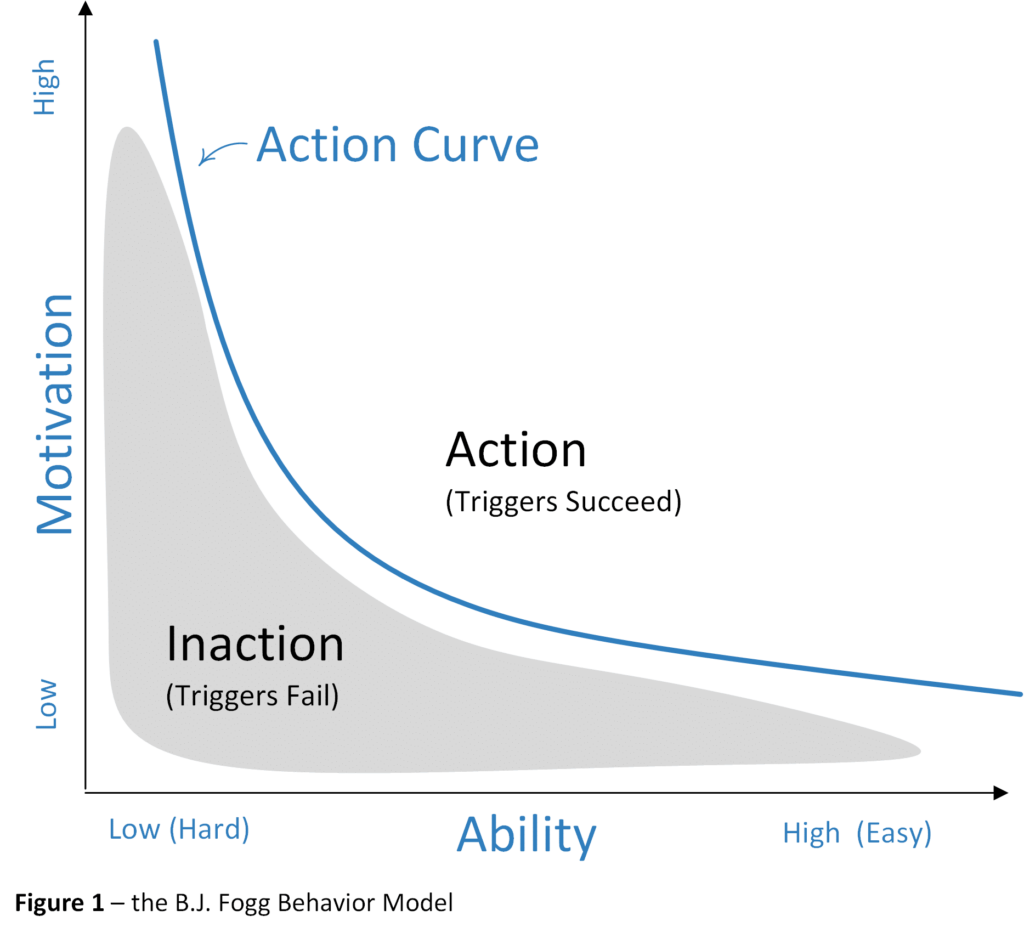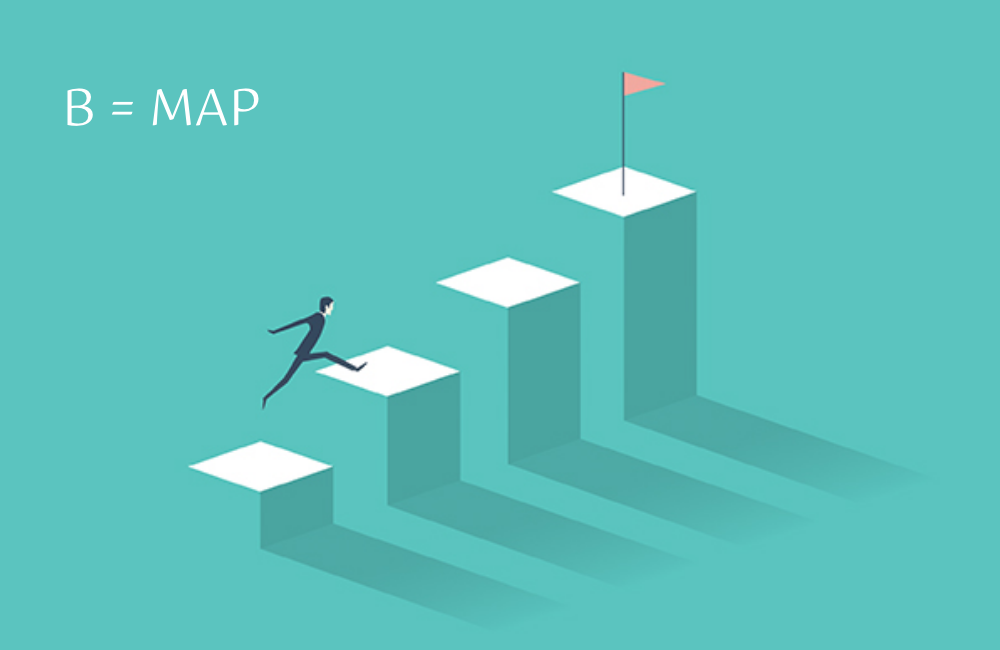Behavior change is both easy and difficult.
Our personalities, tastes, habits, and life experiences make each of us distinct as individuals, yet our brains may also be altered in predictable ways.
One such approach involves the temporal convergence of three components, i.e., the requirement that three events take place concurrently in order to produce a behavior.
The formula is what we call B=MAP
B is for Behavior
M is for Motivation
A is for Ability
P is for Prompt
This formula was created by BJ Fogg, a Stanford behavioral psychologist.

This basically indicates that for a behavior to occur, motivation, ability, and a prompt must all exist at once.
I’ll explain further:
Motivation
You must be motivated to work out, for example, by a desire to get fitter.
This could be driven by motivations such as pleasure or pain, fear or hope, or social acceptance or rejection. Your desire to get fitter may stem from your want to fit into that wedding gown or summer swimwear, your desire to feel good about your strong body, your desire to have energy for your children, and other factors. Whatever the source of the pain or pleasure – physical, social, psychological, or internal – motivations can be found.
Ability
You must be physically able to exercise. Having the perceived time, money, physical effort, and mental effort to perform something defines one’s ability. The tougher it is, the more irregular effort and deviance from social standards are required.
In our illustration, you need a pair of running shoes, the time to go for a run, and running experience.
Prompt
Sometimes also called ‘trigger’, something needs to give you a nudge to do the behavior. This could be a reminder like your 6 am alarm to go for a run or a friend that shows up at your house to run with you.
If any of these three is lacking, the behavior is less likely to occur.
For example, if you break your foot, you no longer have the ability to run, so the behavior won’t occur.





